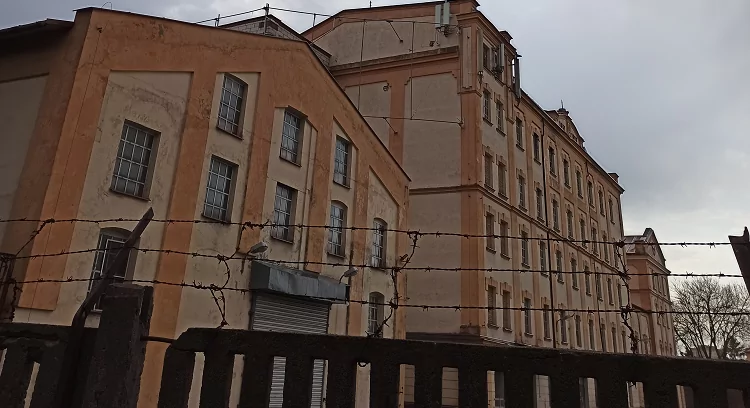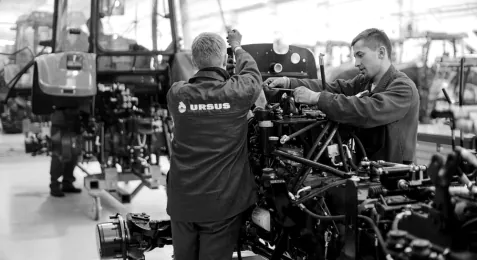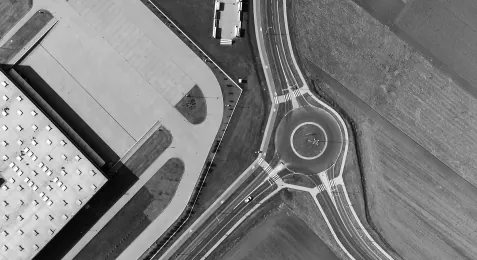Lublin Info Centre
In the footsteps of Lublin Industrialists. The Krausse Brothers’ mill, where the grain industry in Lublin flourished
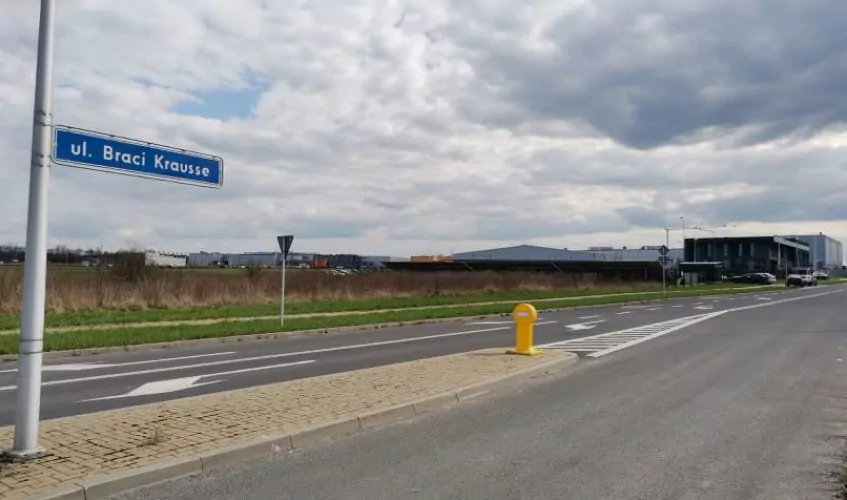
The Krausse Brothers’ mill (Krauze’s mill) in Lublin
The Krausse family (‘Krauze’ is presented as a one of the correct spelling variation that was used since 19th century) entered the history of Lublin’s industry, leaving a significant impact. The domain of brothers Henryk and Edward Krausse were mills. In 1880, they established an exceptionally modern, for those years, brick mill in the Tatary district, equipped with a water turbine conjugated with a steam engine to assist the drive, that functioned under the name ‘E. and H. Krausse water-steam mill’, also known as Krauze’s mill. The plant was one of the most modern facility in Lublin and had its own railway siding, connected to the newly built Lublin-Warsaw railway line.
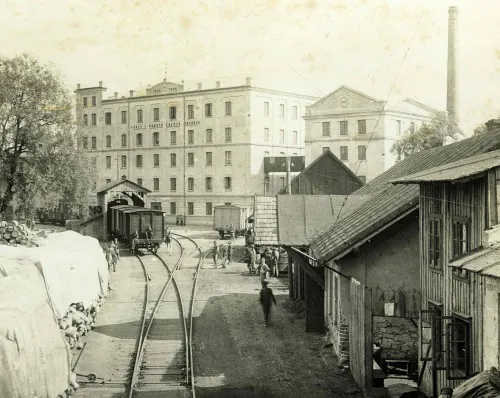
The E. and H. Krausse mill (source: Lubella)
Family roots
Similiary to significant number of Lublin industrialists, the Krausses were an Evangelical family. The family came to Małopolska in the 16th century from Gdańsk, after selling their property in Szydłówek and the mill in Kozienice. A wooden water mill called ‘Papiernia’ (Paper mill) on the Bystrzyca River in the Tatary district located at Działkowa 45 Street was bought in 1874 from the owners of the district listed in the sources as Władysław Graf, Kulesza by Edward Krausse and his brother Henryk Jan, sons of Wilhelm Krausse.
It was the third mill that belonged to the Krausse family. Edward Krausse was a long-term President of the Loan Association as well as a member of the Evangelical Church College. In 1894, he sold his shares to the third brother – Adolf, who was in charge of managing the mill until his death in 1919. The tomb of the Kausse family is located in the Evangelical cemetery at Lipowa Street in Lublin.
Location on the map of Lublin
The mill was located at Działkowa 45 Street which was very convenient in terms of business prosperity. The combined currents of three Lublin rivers: Bystrzyca, Czechówka and Czerniejówka, formed the Great Royal Pond by the process of damming up and in consequence moving the mill wheels. Presumably, the milling tradition in this area dates back to the beginning of the 14th century. According to available resources, the first leaseholder of the land, which was the part of Lublin Starosty, was Jan Feifer, who in 1538 built in this place a mill and paper mill.
The industrial revolution at the Mill
The new owners, starting from 1880, built in the place of the old, very modern for those times, water-steam mill (assisted by a 200 HP turbine) that was built in accordance with the plans of the company Ganz et Comp. from Budapest. The turbine was coupled to a steam engine supporting the mill drive, hence the name of the ‘water-steam mill’; an electric motor was in reserve in case of possible failure. From 1883, a railway siding and a warehouse operated at the mill. Electric lighting was introduced in 1898. The mill was very modern for its time, also in terms of management: at the beginning of the 20th century, the company employed about 100 people, the workers were provided with, among others, free medical treatment and invalidity insurance.
In 1901, there was a National Agricultural Exhibition organized in Lublin, at which the Krausse brothers set up their own pavilion in the form of a mill. The company was awarded the Great Gold Medal, therefore flour and groats were very popular among customers.
At that time, none of the mills in the country were able to compete with Lublin products, which consequently forced other mills to introduce numerous improvements that had already been implemented in the Krausse brothers’ company. Unfortunately, the main mill was set on fire in 1908 by striking workers. In the same year though, it was rebuilt as a much larger building than the previous one. In 1912, an extension was made from the south. the so-called “groats mill” and a representative villa for the owners.
Occupation and post-war time
Throughout the occupation, the mill remained in the hands of its owners, working efficiently under the rule of Edward Krausse. Despite their German roots, the Krausse family always felt that they were Poles. Their devotion to Poland was proved multiple times even at the cost of the great risk, for instance they secretly donated flour for baking bread to the prisoners of the Majdanek Concentration Camp and to the Home Army units. Until the post-war period, the mill complex remained in the hands of the Krausse family.
After World War II, the mill of the Krausse brothers was nationalized and taken over by PZZ – Przedsiębiorstwo Państwowo-Spółdzielcze (State-owned Cooperative Enterprise). In 1995 the ownership of the mill overtook the District Enterprise of Grain and Milling Industry (Okręgowe Przedsiębiorstwo Przemysłu Zbożowo-Młynarskiego.)
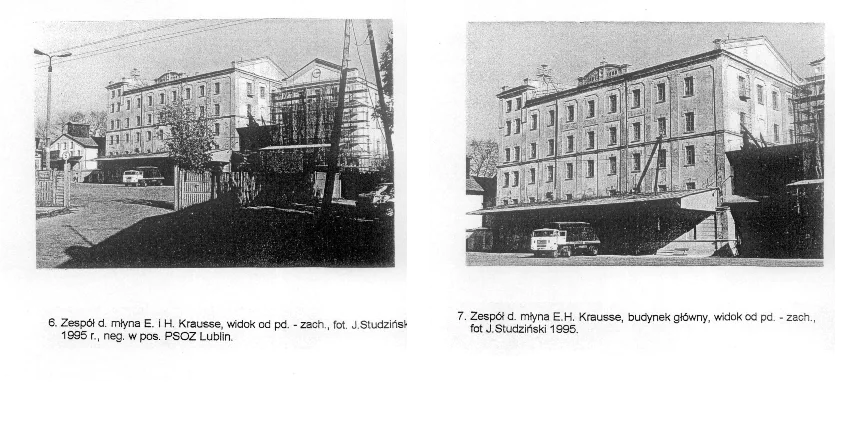
Source: bilblioteka.teatrnn.pl
Modern times
With the changes of owners, the surroundings of the mill also have changed. It was dominated by housing estates, a route through the city and the marketplace. Looking at the plots and the mill’s surroundings, it is hard to imagine that it used to be a wetland area and that the river flowed in a different bed.
In the 90s, Polskie Zakłady Zbożowe Lublin (Polish Cereal Plant in Lublin) was transformed into a joint-stock company and adopted the name Lubella. The facility (Mill No. 1) was used by Lubella – PZZ Lublin until 2016. In 2007, the Krauze Mill was modernized. Even in 2009, the buildings of the complex were used industrially. Facades were renovated and the general condition of the infrastructure was very good. The buildings of the former complex are included in the Municipal Register of Monuments of the City of Lublin.
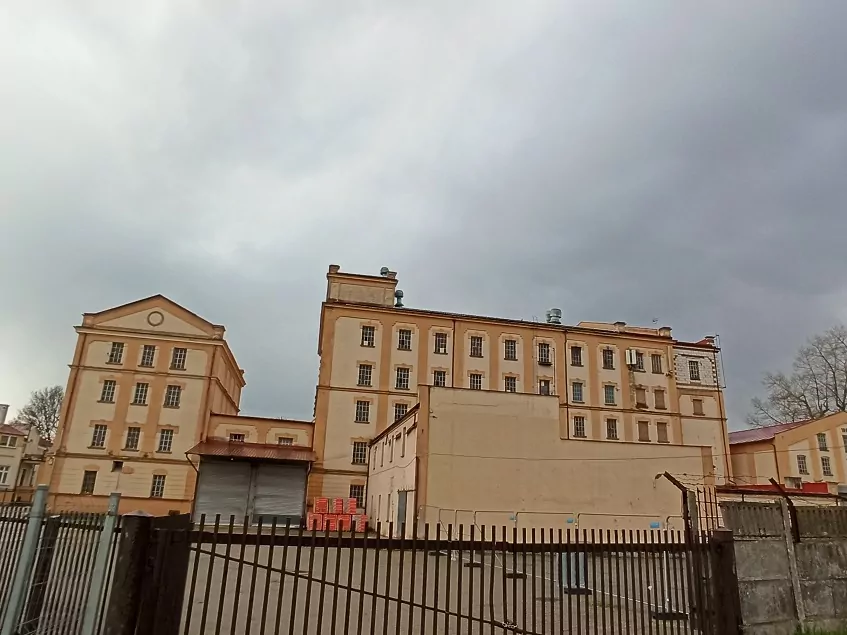
The Mill today
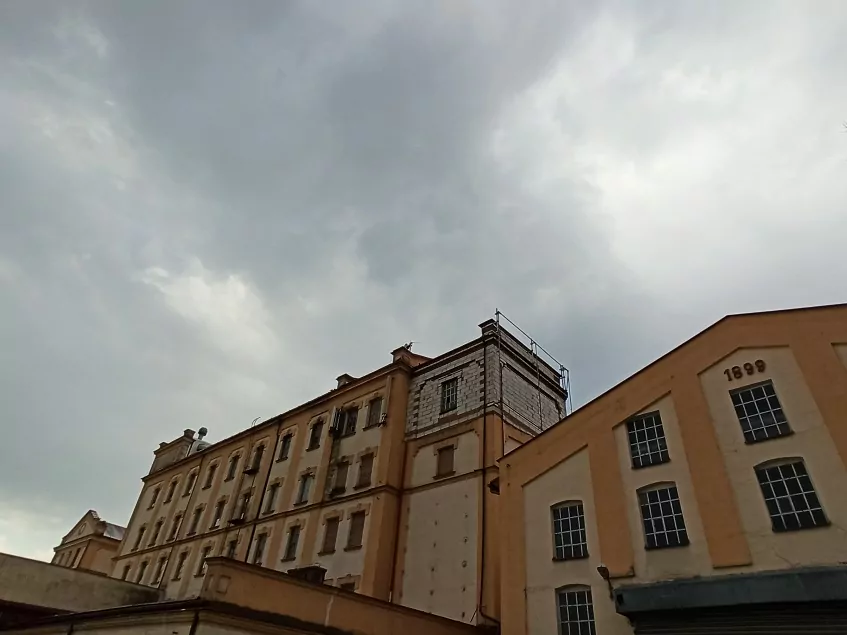
After ‘Lubella’ company had moved the production to Wrotkowska Street, the historic property of the former building was put up for sale in 2016. The new owner’s plans concerning the land development were announced in 2019 and include an idea of building 4-star hotel with a swimming pool, spa and conference center in the place of the former facility.
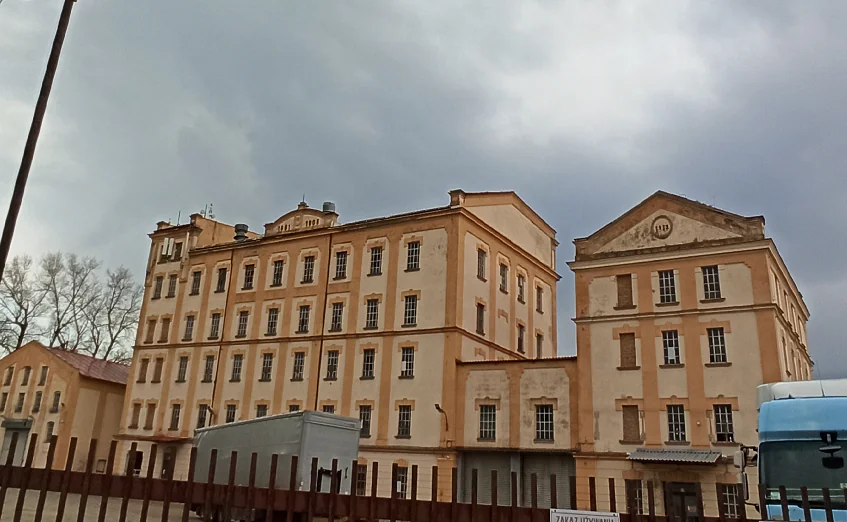
The 130-year tradition of its great founders, Lubella, a well-known and respected manufacturer of pasta, flours, groats, cereals and snacks, continues at the headquarters of the plant in Lublin at Wrotkowska Street. It was established in 1927 as part of the Central Industrial District.
Currently at the Wrotkowska Street there is a modern production and warehouse complex with the largest and the most modern production line in manufacturing pasta in Poland. The company is constantly developing, implementing modern technologies and expanding production facilities.
Sources: TeatrNN, Lubella, straznicyczasu.pl, Gazeta Wyborcza
